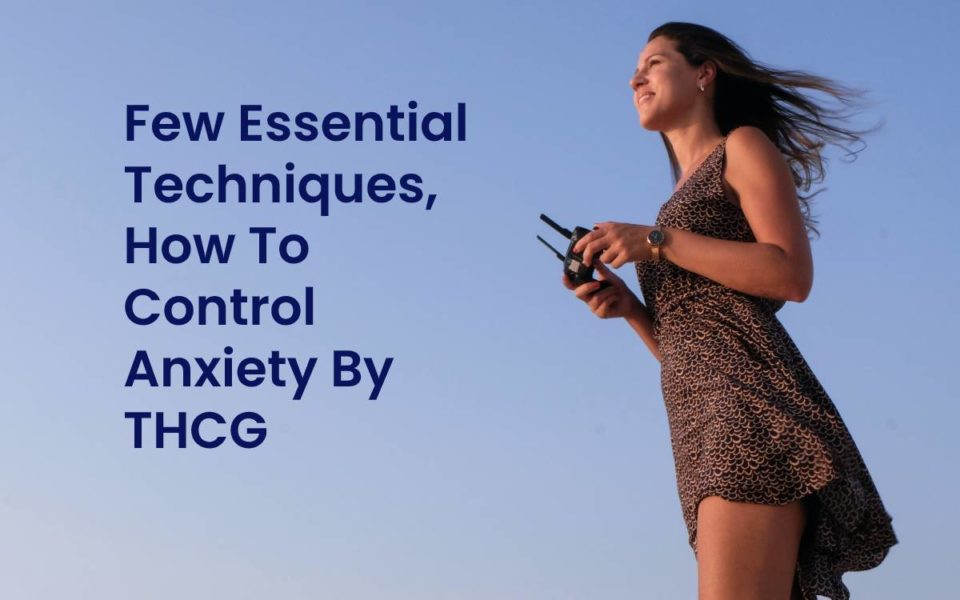Psychologists are experts in managing techniques to know how to control anxiety since it is a problem for which many patients come to the consultation. The simplest ones can be practiced easily without the help of a professional. However, those that are more complex will need some training to perform them more quickly and efficiently.
Table of Contents.
The list below contains effective techniques on how to control anxiety.
Distraction to Control Anxiety
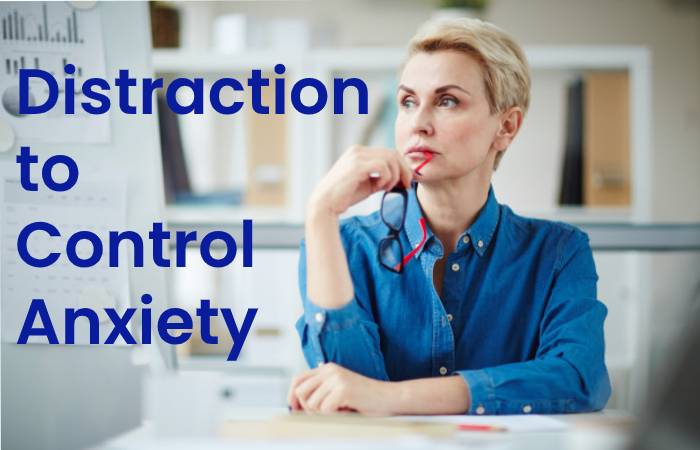 This technique is ideal for those cases in which anxiety does not manifest itself excessively dangerous or uncontrollable and, on the contrary, it usually occurs with moderate intensity and at specific times. Also, it is straightforward to carry out.
This technique is ideal for those cases in which anxiety does not manifest itself excessively dangerous or uncontrollable and, on the contrary, it usually occurs with moderate intensity and at specific times. Also, it is straightforward to carry out.
If you are going through a stressful time in your life and you prevent possible anxiety attacks, it is essential that you pay attention to your internal sensations (for example, heart rate or sweating level), checking that you can notice them and their changes. So, you use distraction (for example, if it is not social anxiety, you can start talking to someone), and you worry about finding out if, at that moment, you stop perceiving them. In this way, you can also learn to anticipate the dreaded sensations and practice the distraction technique before they appear.
Some standard methods of distraction are singing, dancing, starting a conversation with another person, looking at the store windows if you are on the street, or even looking at numerical figures around you and doing mathematical operations with them.
Slow Diaphragmatic Breathing
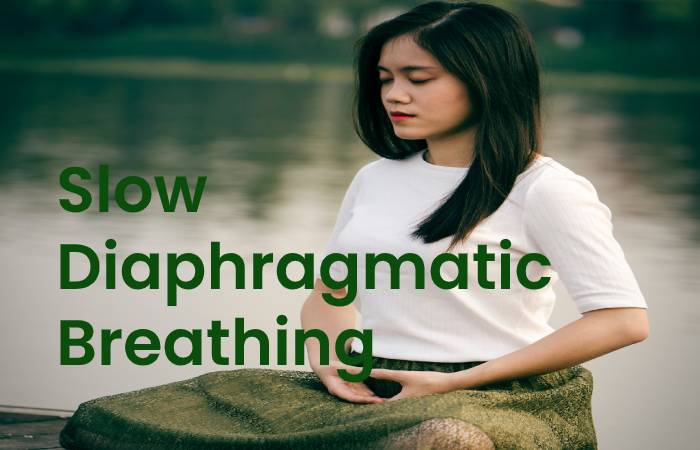 The slow diaphragmatic breathing technique is one of the most effective in overcoming anxiety and panic attacks. One of the physiological reactions associated with the state of anxiety is the increase in the rate of breathing. When we feel excessive fear or panic, we hyperventilate. Therefore, since calm is incompatible with anxiety, if we learn to slow down our breathing, we will be learning to relax. Hence the importance of knowing how to control a mechanism as basic and essential as breathing.
The slow diaphragmatic breathing technique is one of the most effective in overcoming anxiety and panic attacks. One of the physiological reactions associated with the state of anxiety is the increase in the rate of breathing. When we feel excessive fear or panic, we hyperventilate. Therefore, since calm is incompatible with anxiety, if we learn to slow down our breathing, we will be learning to relax. Hence the importance of knowing how to control a mechanism as basic and essential as breathing.
The steps to follow to carry out slow breathing to help us know how to control anxiety are the following:
- Place one hand on your chest and the other on your stomach.
- Take a breath, slowly, and notice how you carry it down, bloating your stomach and belly, but without moving your chest.
- Hold the air for a moment in that position.
- Release it, little by little, slightly sinking the stomach and belly, again without moving the chest.
- Try to stay relaxed and increase that state of relaxation every time you breathe out.
Master the technique before applying it to an anxiety attack because if we do it wrong, it will not work. It is recommended to practice several times a day (2 sessions of 10 minutes each, at least) and keep track of progress. It is advisable to start training from the lying or lying position, then standing and sitting. In the beginning, it is customary to practice in private places, such as the house itself, and then extend the practice of the technique to all kinds of businesses.
Jacobson’s Progressive Relaxation
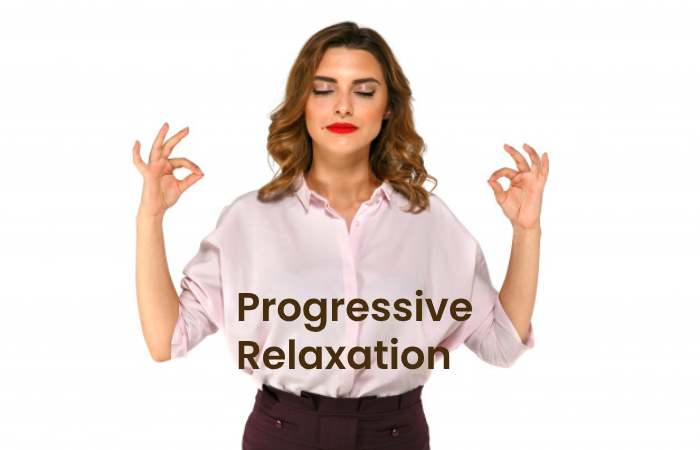
As with slow diaphragmatic breathing, the progressive relaxation technique developed by Jacobson indicates to counteract a physiological reaction typical of the state of anxiety. This technique includes specific guidelines on how to control anxiety when we are going through a moment of panic or fear. With this method, we will learn to relax our bodies.
The technique teaches us to focus our attention on the different parts of the body. Thus, once our attention is fixed, for example, on our hands. We will have to tighten and loosen the muscles several times to be able to identify the sensations to most importantly, control them. We will divide the body into sections (head and neck, upper extremities, trunk, and lower extremities) to make it easier for us to work with each part of the body. It is essential to practice with all of them.
Jacobson’s progressive relaxation also requires extensive training. Ideally, practice once or twice a day, spending about 25 minutes doing the full exercise. Also, we should record the progress made daily and expand the number of places where we are practicing this technique until, finally, we can use it in the face of a real anxiety situation.
Self-instructions Control Anxiety
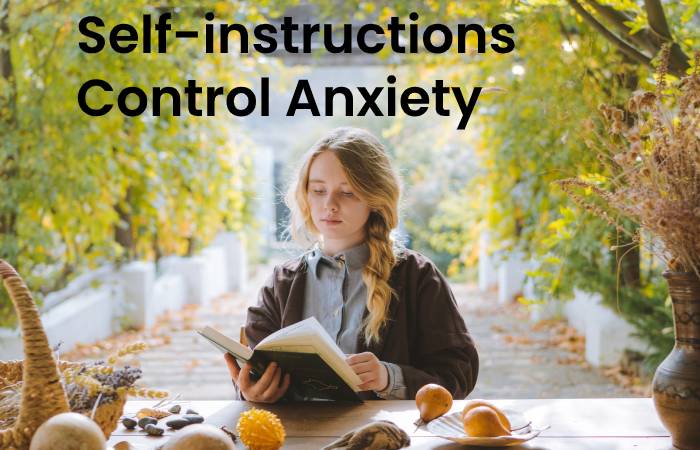 The self-instruction technique will help us know how to control anxiety by modifying anxiety thoughts . This method serves to redirect our fears through messages that we send to ourselves. But, for the technique to work, we have to be really convinced of the phrases we say to each other. Some examples are:
The self-instruction technique will help us know how to control anxiety by modifying anxiety thoughts . This method serves to redirect our fears through messages that we send to ourselves. But, for the technique to work, we have to be really convinced of the phrases we say to each other. Some examples are:
- Remember that what you are feeling is an exaggeration caused by anxiety.
- These sensations cannot harm you.
- Don’t fight your feelings. Simply accept them. They will pass.
- Avoid enlarging your fear with catastrophic thoughts that have no real basis.
- Remember that if you stop feeding your fears and catastrophic thoughts, fear and unpleasant sensations will eventually disappear.
- My fear tries to warn me of unreal danger. Therefore, I will not listen to you.
- Think about the satisfaction you will feel after having controlled the panic by yourself.
It is advisable to keep a record of the anxiety and suffering crises and the self-instruction used in each one.
Positive Imagination to Control Anxiety
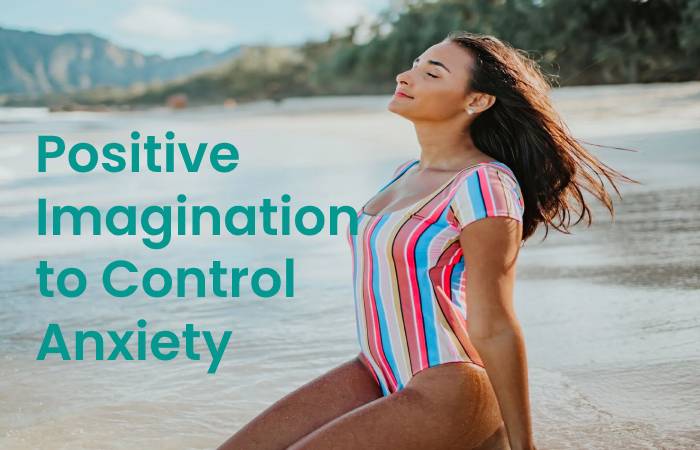 People who suffer from anxiety are usually pessimistic. This technique helps us exercise optimism. In order to carry it out, it is necessary to imagine that each moment of concern is the scene of a movie. In which you are the protagonist and face the problem. And not only that, but you must also visualize how accomplished and overflowing happiness you will be after having achieved it.
People who suffer from anxiety are usually pessimistic. This technique helps us exercise optimism. In order to carry it out, it is necessary to imagine that each moment of concern is the scene of a movie. In which you are the protagonist and face the problem. And not only that, but you must also visualize how accomplished and overflowing happiness you will be after having achieved it.
The first step to begin to become familiar with this technique is to check that you have a powerful imaginative capacity. To do this, you can perform straightforward exercises, such as thinking that you are eating a lemon. Do you imagine the lemon? Do you notice its smell, its texture, its color, and its flavor? Are you able to visualize all this accurately? So go ahead, this is your technique!
To apply it in future anxiogenic contexts, one must train with memories of past anxiety crises. Bringing these experiences back to mind serves to counteract negative feelings and consciously end the habit of letting go of anxiety. Use paper and pencil to capture your imagination graphically or in writing, and repeat this process daily until you have mastered the technique.
Coping to Control Anxiety
The various techniques discussed so far warn us of the importance of minimizing the problem. Just as we can resolve many daily situations daily, we can cope with anxiety through coping strategies.
To acquire the habit of standing up to anxiety. You must learn to identify the sensations associated with excessive fear or panic. And, as soon as you notice its appearance or increase, act as follows :
- Pay attention to what you feel and think, as you remember how fear develops. You realize that anxiety will not go further if you do not feed it with catastrophic interpretations of the problem.
- Remember that the sooner you face the problem, the sooner it will go away.
- Do not forget that it is an irrational fear. If you accept the sensations that it causes you without running away from them, they will reduce until they disappear.


